Hamden Street Names Connected to United States History
by Paul Saubestre
Many streets throughout Hamden are named for its members of the armed forces who died in various wars in the history of our nation. In the Hamden Plains section there are three groups of streets not named for Hamden servicemen but each has a connection to a particular war.
|
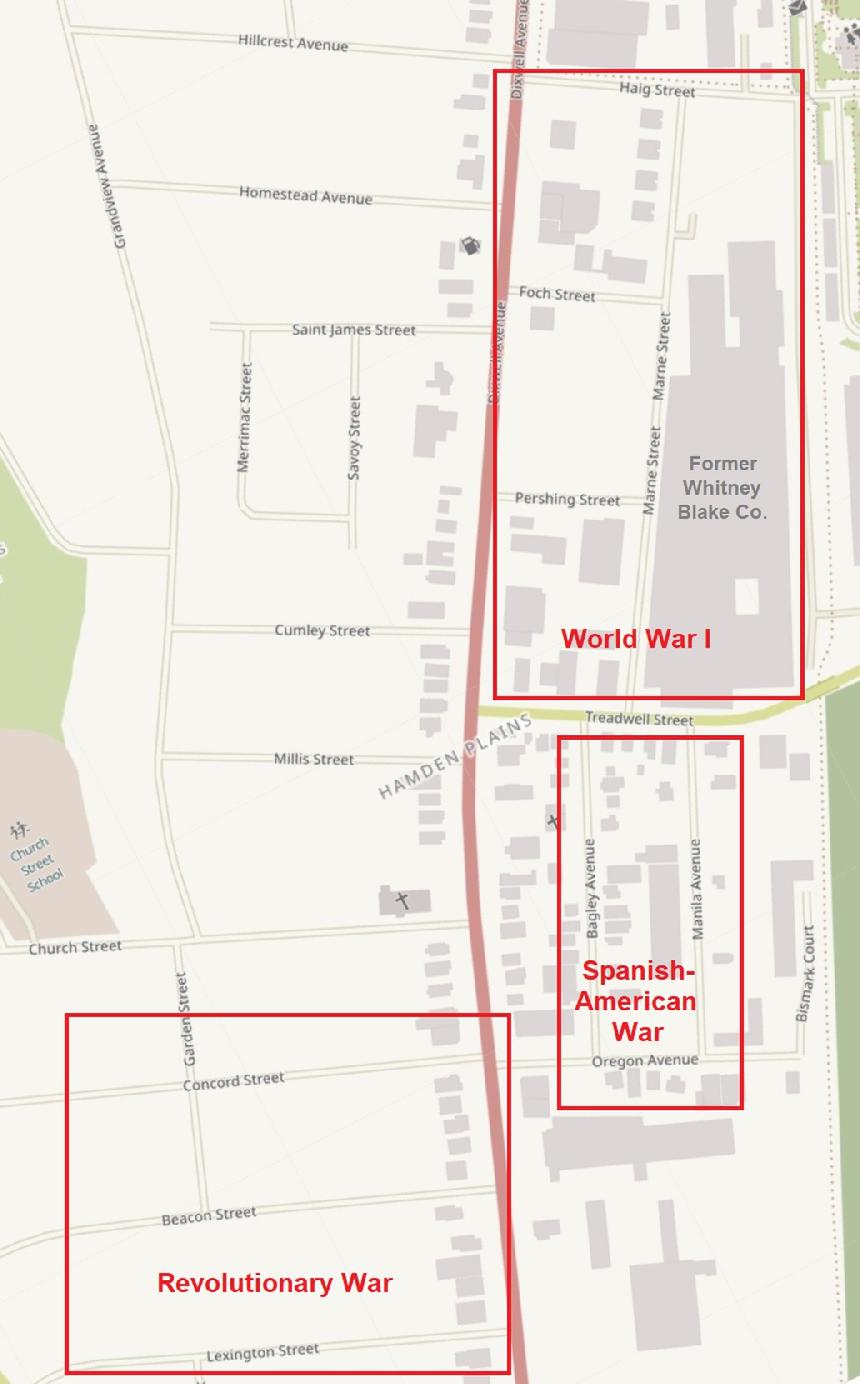 |
| © Open Street Map - CLICK to enlarge |
|
|
Revolutionary War
Three consecutive streets extending west from Dixwell Avenue, Lexington, Beacon, and Concord, built in several subdivisions from 1909 to 1923, have names related to the Revolutionary War. The first shots of our war for independence were fired in Lexington, Massachusetts at sunrise on April 19, 1775. The battle moved to nearby Concord later that morning. The colonists were warned of the British attack by Paul Revere, whose “midnight ride” was made famous in a poem by Henry Wadsworth Longfellow.
Revere had also arranged the “one if by land, two if by sea” signal from Old North Church in Boston. Two lanterns were hung in the church steeple, indicating the British were crossing the Charles River by boat. The church is less than a mile from Beacon Hill, the highest point in Boston, where lamps were also lit to warn of invasions.
|
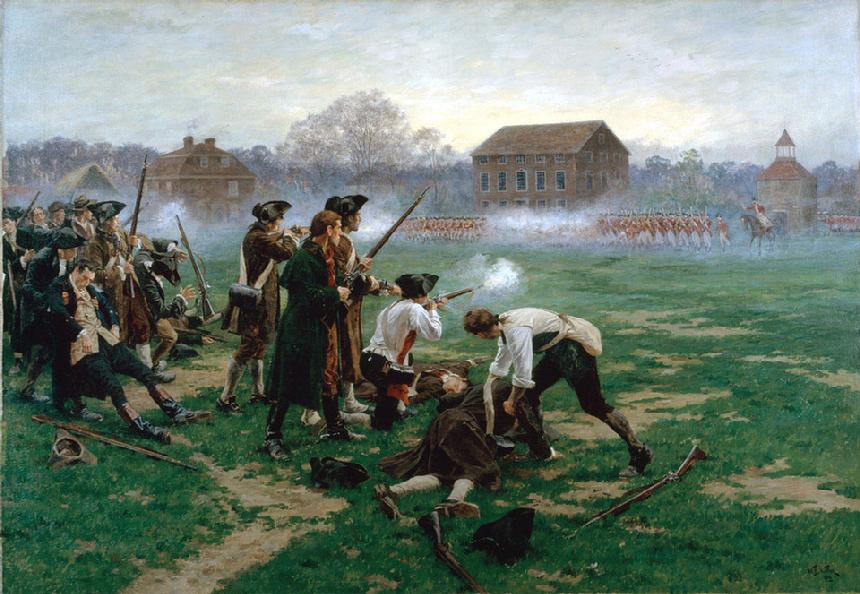 |
| "The Battle of Lexingfton," by William Barnes Wollen - CLICK to enlarge image |
|
|
Spanish-American War
In 1900, J. W. Wilbur planned the Dixwell Park East subdivision in some 15 acres south of Treadwell Street, between Dixwell Avenue and the Farmington Canal railroad. The area was divided into 244 tiny lots, most of them 20 feet wide and some as little as 65 feet deep. Three of the streets in it, Oregon, Bagley, and Manila avenues, have names connected to the Spanish-American War.
|
| The battleship USS Oregon (BB-3) was commissioned in 1896. She took part in the blockade of Santiago de Cuba in the Spanish-American War in 1898 and contributed to the destruction of the Spanish squadron. In 1899, she deployed to Manila in the Philippines and assisted in a blockade there.
|
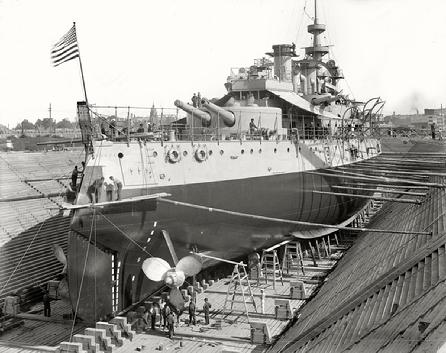 |
| USS Oregon in Dry Dock in 1898 - CLICK to enlarge |
|
|
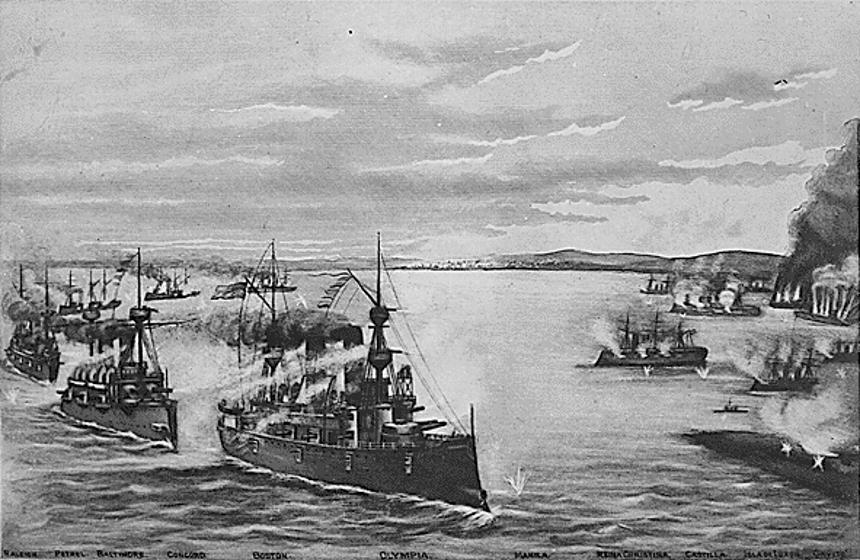 |
| The Battle of Manila Bay - 1898 |
|
|
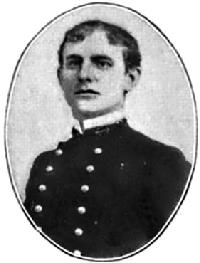 |
| Ens. Worth Bagley - 1898 |
|
Worth Bagley, born in Raleigh, North Carolina, graduated from the United States Naval Academy in 1895. While a 24-year old ensign aboard the USS Winslow in Cuban waters in 1898, he and four seamen were killed by a shell from a Spanish ship. He was the only American naval officer killed in action in that war, and several other Navy ships were later named for him.
There were two other streets in the subdivision. Bismarck Street may have been named for Otto von Bismarck, the first German chancellor, who had just died in 1898. There were many German immigrants in Hamden at the time. Grove Avenue, a short street from Manila to the canal railroad, was probably never built, but its right-of-way is visible as a driveway off Manila.
The area today has a mixture of houses and small industrial buildings, all of them built on combinations of at least two of the original lots.
|
World War I
In 1899, Theodore Whitney Blake, great-grandnephew of famed inventor Eli Whitney, founded the Goodyear Rubber Insulated Company in New York City. In 1912, the renamed Whitney Blake Company relocated to Hamden, in the area bounded by Dixwell Avenue, the canal railroad, and Mather and Treadwell Streets. The expanded factory became very busy making insulated electrical cables for the military in World War I.
Four streets, Haig, Foch, Pershing, and Marne, were laid out in front of the Whitney Blake factory by 1920. The first three of these were named for Allied commanders in the war: Douglas Haig, commander of the British Expeditionary Force; Ferdinand Foch, the French Supreme Allied Commander; and John J. “Black Jack” Pershing, commander of the American Expeditionary Force. All three had crucial roles in two battles fought at the Marne River in France. The first was a decisive victory for the Allies; the second led to the final Hundred Days Offensive culminating in the Armistice of November 11, 1918.
Four duplex houses built for factory workers in 1918 remain on Marne Street. The company continued to manufacture specialty cable assemblies for the military in World War II and the Korean War, and for commercial industry. It continues in operation today, with facilities in Vermont, New Jersey, and Mexico.
|
 |
| CLICK to enlarge |
|
|
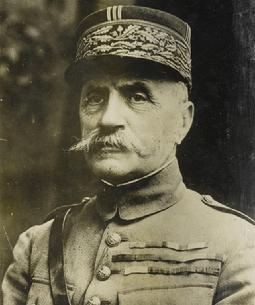 |
| CLICK to enlarge |
|
|
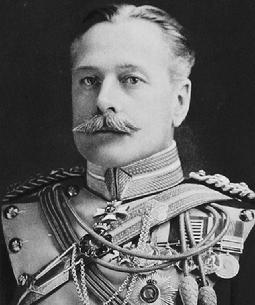 |
| CLICK to enlarge |
|
|
General of the Armies
John J. "Black Jack" Pershing
| Marshal Ferdinand Foch
| General Sir Douglas Haig
|
The author wishes to acknowledge that much of the information above was gleaned from various articles posted in Wikipedia. Photos are in the Public Domain.
|
|